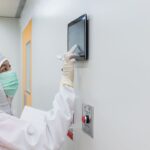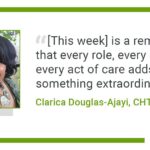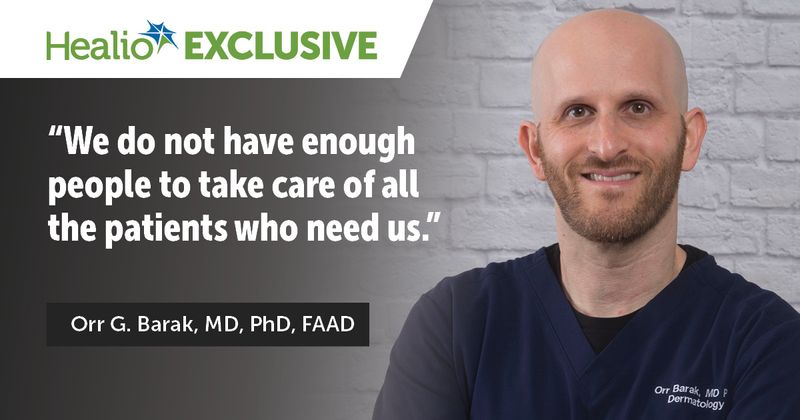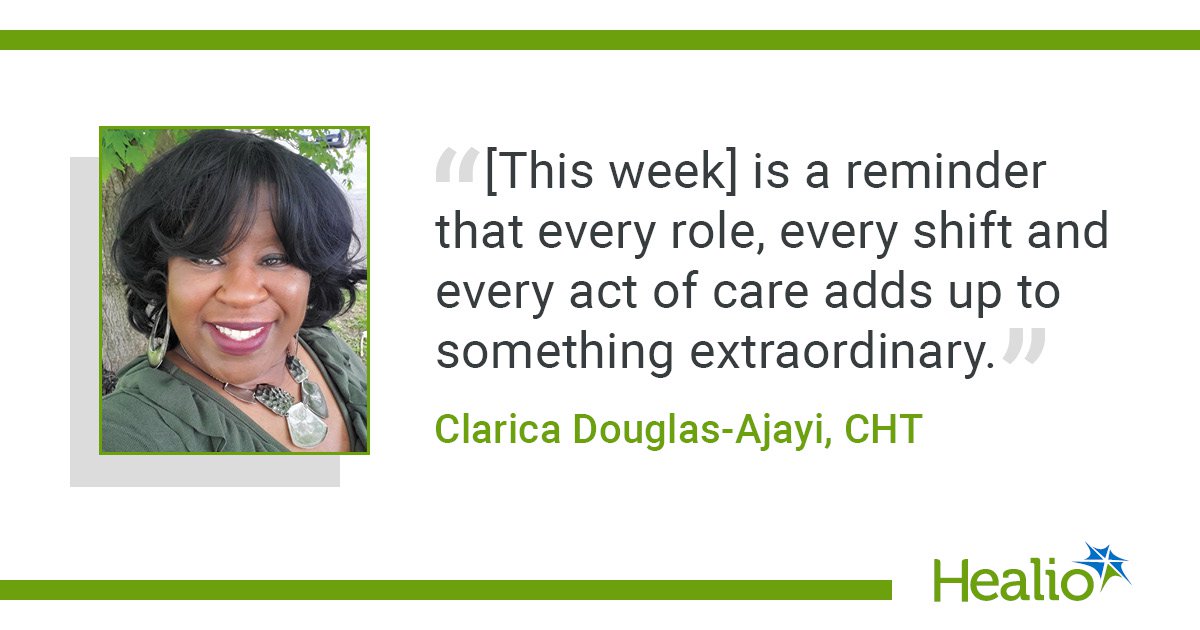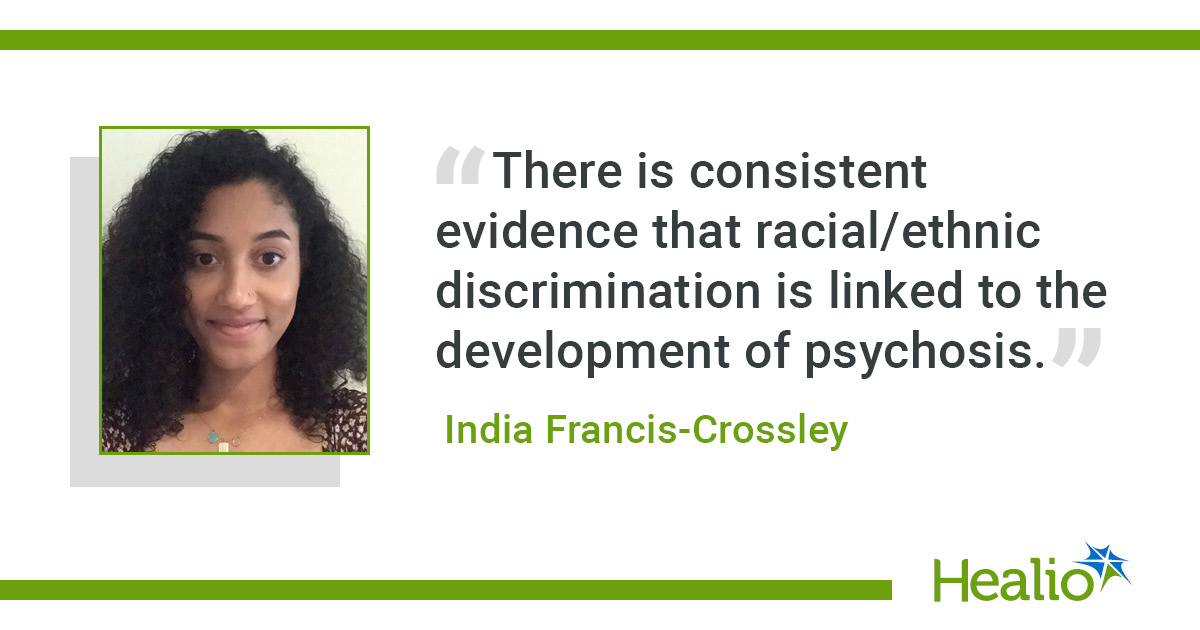September 30, 2025
8 min read
Key takeaways:
- Nurse practitioners and physician associates account for more than 40% of dermatology prescribers in the United States.
- Their expanding role is a response to a changing dermatology landscape.
Editor’s Note: This is the first of a two-part Healio Exclusive series on the increasing role of nonphysician practitioners in dermatology.
Nurse practitioners and physician associates are increasingly involved in delivering care across specialties, especially dermatology, and their involvement is only projected to increase in the coming years.

According to the latest data from the Bureau of Labor Statistics, the number of practicing nurse practitioners (NPs) and physician associates (PAs) has more than doubled over the past decade. Currently, the HHS projects that the number of NPs and PAs, also known as advanced practice providers (APPs), will increase by 61% and 18%, respectively, by 2035.
Hannah Rodriguez, MPAS, PA-C, a dermatology PA at the Pennsylvania Dermatology Group, speaker for ThriveAP and immediate past president of the Pennsylvania Dermatology Physician Assistants Organization, told Healio the dermatology workforce is also experiencing this trend.

Hannah Rodriguez
“Year over year, the dermatology workforce is increasing; there’s no doubt about that,” Rodriguez, who was also the Society of Dermatology Physician Assistant’s 2024 Dermatology PA of the year, told Healio. “On a national level, the SDPA’s membership is growing annually.”
According to prescribing data analyzed by the Point of Care Network Group, APPs now account for over 40% of dermatology prescribers, and PAs average over 100 patient visits a week — some of the highest volumes across specialties.
NPs and PAs are also performing more procedures than dermatologists, according to a study published in the Journal of the American Academy of Dermatology. From 2012 to 2020, dermatologists performed 2.1% and 0.76% fewer biopsies and malignant lesion excisions, whereas NPs and PAs completed 10.44% and 9.36% more biopsies and 9.96% and 8.93% more malignant lesion excisions, respectively.
‘Releasing the pressure’ of increased demand
Several factors are driving the increase of PAs and NPs in dermatology. One is the current physician shortage.
According to a March 2024 report from the Association of American Medical Colleges, the U.S. will face a shortage of up to 86,000 physicians by 2036, the cause of which can be traced back to the Balanced Budget Act of 1997. To combat a physician surplus at the time, Congress froze the number of Medicare-funded residencies at each hospital based on its 1996 training numbers. This effectively set a limit for future residency positions, according to the AMA.
“Unless they open more residency slots, then each year, the number of dermatologists that we as a country can put out is capped by the government,” Rodriguez said. “This becomes a predicament when the wait times for dermatology [appointments] are still too long.”
Wait times for dermatology appointments average 34.5 days, according to a 2022 Survey of Physician Appointment Wait Times and Medicare and Medicaid Acceptance Rates — a 7% increase since 2017. An increasing demand for dermatology services has exacerbated this issue, Rodriguez said.
“There is a lot more access to information these days and a greater awareness of skin conditions,” Rodriguez said. “This is driving more people to seek dermatology care.”
As with most specialties, the aging population is also upping the demand for dermatology services. Approximately 83.7 million people in the U.S. will be aged 65 years and older by 2050, according to Census Bureau estimates. Of those, one in five will develop skin cancer by the age of 70, according to the Skin Cancer Foundation.
The rise of aesthetic dermatology has also changed the workload for dermatologists. Demand for cosmetic procedures rose 115% since 2000, according to a 2016 report from the American Society of Plastic Surgeons, with botulinum toxin and filler injections increasing by 759% and 274%, respectively, during the same time frame.
The increasing demand for services placed on a limited supply of dermatologists has left a gap that needs to be filled, according to Orr G. Barak, MD, PhD, FAAD, a dermatologist at Dermatology Partners.
“We do not have enough people to take care of all the patients who need us,” Barak told Healio. “It is inevitable that PAs and NPs are going to play a major role in releasing the pressure of all those patients who need to see a dermatologist.”
Addressing concerns
The rise of APPs in health care has brought with it many concerns among dermatologists. One concern cited is that PAs and NPs are not qualified to interface with patients.

Alicia Quella
Alicia Quella, PhD, MPAS, PA-C, director of communications and PA relations for the National Commission on Certification of Physician Assistants, told Healio PAs undergo rigorous examination.
“To earn the PA-C credential, one must first graduate from an PA program accredited by the Accreditation Review Commission on Education for the PA and then pass the Physician Assistant National Certifying Examination,” Quella told Healio. “This exam assesses medical and surgical knowledge, clinical reasoning and professional skills based on national standards.”
To maintain their certification, PAs must complete and log at least 100 Continuing Medical Education credits every 2 years and pass a national recertifying exam within the 10-year certification cycle.
Similarly, NPs undergo a lengthy national certification process, periodic peer review and clinical outcome evaluations, according to the American Association of Nurse Practitioners. Unlike PAs, NPs have full practice authority in 27 states and the District of Columbia, meaning they may practice independently of physicians, according to the CDC.
However, some dermatologists have cited concern that PAs and NPs may assume responsibilities beyond their scope of practice.
“I suspect that there are many dermatology clinics where PAs or NPs are involved in patient care who haven’t received the appropriate training,” Barak said. “In those situations, I think that patient care can be compromised.”
As reported by The Guardian, a government review in the U.K. confirmed that the deaths of six patients were linked to PA involvement, where PAs were inappropriately substituted for physicians without proper supervision. A report published in Dermatologic Surgery in August also suggests patients sometimes struggle to distinguish between physicians and non-physicians. In a survey of 1,033 participants in California, only 9% correctly matched a practitioner’s level of training and qualifications with the medical or specialty titles provided in the survey.
“Complicating this issue has been the growing adoption of ‘Doctor/Dr.’ titles and other medical specialty descriptors by some nonphysician practitioners in clinical settings,” the researchers wrote. “This trend has the potential to create further patient confusion about the education, credentials, licensure and level of training of their caregiver. This is of particular concern in specialties such as dermatology and anesthesiology where nonphysician practitioners are frequently employed.”
However, according to a study published in Medical Care Research and Review, PAs and NPs, on average, have much lower malpractice allegations brought against them than physicians. Malpractice payment reports per 1,000 providers for NPs and PAs were 1.1-1.4 and 1.4-2.4, respectively, vs. 11.2-19 for physicians.
According to a research brief from the Cato Institute, allowing NPs to have full practice authority did not increase malpractice payouts — it reduced them.
“If you train your PA or NP, making sure they know their limits, I think having them in the clinic works well,” Barak said. “I think we complement each other.”
“We rely heavily on the dermatologist that we work with to help guide and teach us in our first years of practice so that we, too, can provide the excellent level of care that our colleague dermatologists are providing,” Rodriguez said. “It takes all of us to pursue the greater goal of patient access and safety.”
Dermatologists have a choice
Another concern is the liability that accompanies hiring an APP. Unclear guidelines for working with APPs are a worrisome obstacle for some dermatologists.
Although laws vary, most states do not regulate PAs’ scope of practice and, instead, leave that to be decided at the practice level, according to the American Academy of Physician Associates. Additionally, the AAD states that dermatologists are responsible for any decisions made by AAPs.

Susan C. Taylor
“PAs and NPs can serve as valued members of the dermatology care team, and when they work under the direction and supervision of a board-certified dermatologist, patients benefit from safe, high-quality and effective care,” Susan C. Taylor, MD, FAAD, president of the AAD, told Healio. “It’s important to note that under this model of care, the board-certified dermatologist remains ultimately responsible for every patient’s diagnosis and treatment plan, ensuring that care is only delivered by nonphysician clinicians who have the appropriate training, education and oversight.”
Although hiring APPs may improve patients’ access to care, Barak said that if a dermatologist is worried about the responsibility of training these providers, they are under no compulsion to hire them.
“Before I started working with an APP, I was worried,” Barak said. “But then I realized I could hire someone fresh out of school and carefully train them to mirror exactly what I do as a physician.”
Rodriguez agreed, noting that anyone unwilling to take on the added responsibility should refrain from stepping into a training role. For those who do choose to become supervising physicians, Rodriguez stressed the importance of approaching the role with care and deliberate consideration.
“When we get out of school, we are eager to learn and to advance our education. Also, we want to be safe and practice within our scope,” Rodriguez said. “But we need to do it as a team.”
Rodriguez said that APPs and physicians, together, can deliver quality care to patients.
“PAs and NPs have become integral to dermatologic care, and I believe working together collaboratively is extremely important,” Rodriguez said. “I’m proud to be part of the workforce of dermatology PAs that is able to give better access to patients, seeing them within a much shorter duration of time, so that we can get them the care they need.”
Editor’s Note: Part two of this Healio Exclusive series will discuss how dermatologists can work better with APPs to set up a practice for safety and success.
We want to hear from you:
Healio wants to hear from you: Do you work collaboratively with APPs? How has the increase in NPs and PAs impacted your dermatology practice? Share your thoughts with Healio by emailing the author at gcapaldo@healio.com or posting on social media at @HealioDerm on X. We will contact you if we wish to publish any part of your story.
For more information:
Orr G. Barak, MD, PhD, FAAD, can be reached at obarak@dermpartners.com.
Alicia Quella, PhD, MPAS, PA-C, can be reached at pr@nccpa.net; Facebook: National Commission on Certification of Physician Assistants (NCCPA); Instagram: @nccpa_cert; LinkedIn: National Commission on Certification of Physician Assistants (NCCPA).
Hannah Rodriguez, MPAS, PA-C, can be reached at hannah@clinecoderm.com.
Susan C. Taylor, MD, FAAD, can be reached at president@aad.org.
